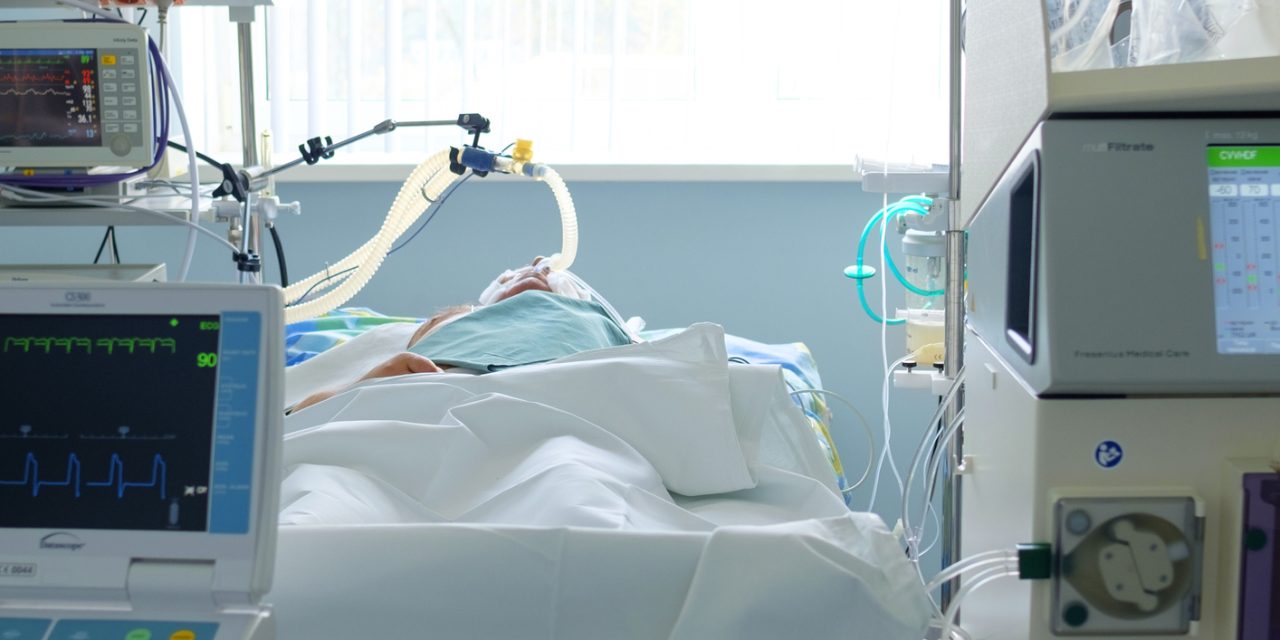Hyperthyroidism-related anterior circulation ischemic events have been well documented; however, posterior circulation infarction is rarely reported, not to mention with superior mesenteric artery syndrome (SMAS), which has never been reported concurrently. We describe, to the best of our knowledge, the first case of hyperthyroidism-related cerebellar infarction accompanied with SMAS.
A 22-year-old women presented with palpitation, postprandial vomiting, and acute body weight loss. Enlarged thyroid gland was discovered in physical examination and Graves disease was diagnosed by blood test; therefore, Propylthiouracil and β-blocker were prescribed. Sudden onset conscious disturbance accompanied with apnea was noted during hospitalization.
Computed tomography (CT) revealed cerebellar infarction with severe cerebellar swelling and tonsil herniation; hence, emergent suboccipital craniotomy and bilateral tonsillectomy were performed.
Nevertheless, persisted poor passage of liquid diet during nasogastric tube feeding was noted after operation. CT of abdomen showed a sharp aorta-SMA angle (15°) and a short distance between aorta and SMA (6 mm) indicating a diagnosis of SMAS.
After parental nutrition supplement and progressive rehabilitation program, she recovered to a modified Rankin Scale of 3.
Although rarely reported, hyperthyroidism-related sympathetic hyperstimulation, vasculopathy could result in potentially deadly posterior circulation infarction. Furthermore, SMAS should be considered in the cases of hyperthyroidism with prolonged gastrointestinal symptoms even after treatment and should be treated simultaneously, since SMAS exacerbates depletion of intravascular volume. Further study to clarify the relation between hyperthyroidism and posterior circulation hemodynamic status is suggested.
An extensive posterior circulation infarction secondary to primary hyperthyroidism accompanied with superior mesenteric artery syndrome: A case report and description of patho-physiological association.


